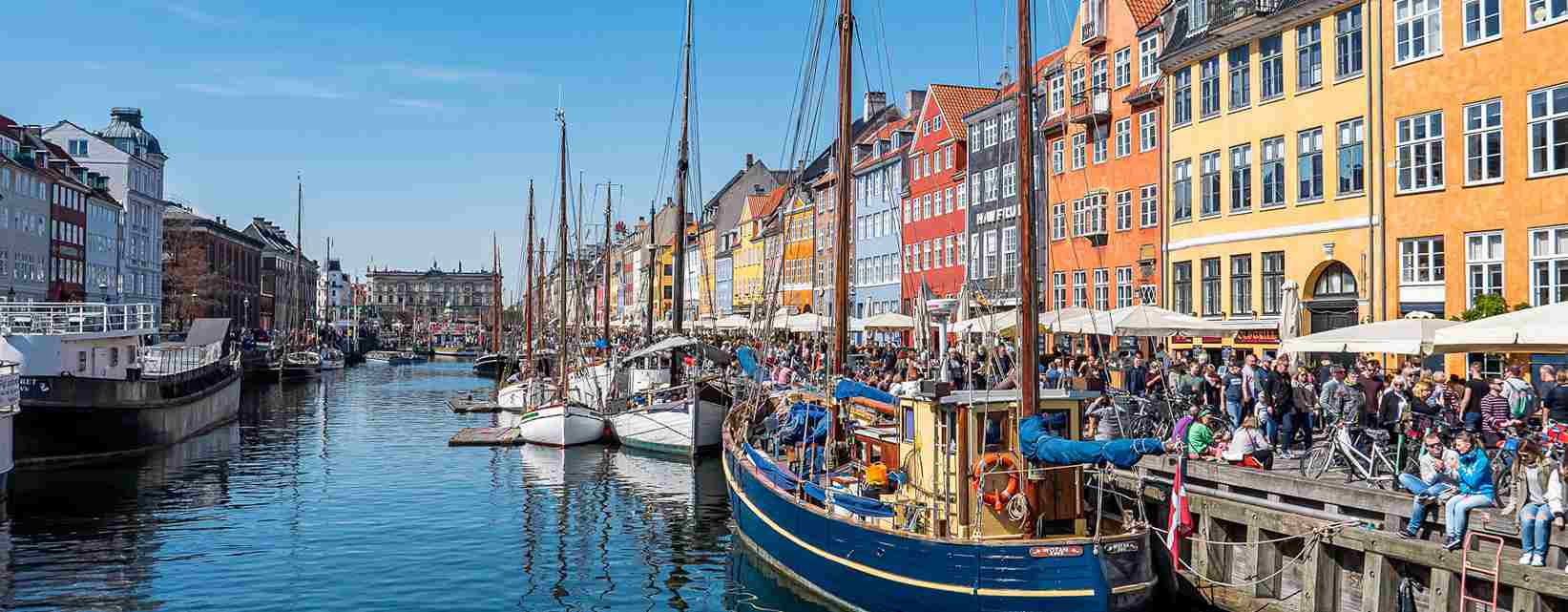As anyone has seen in one the worldwide espionage films like James Bond, Copenhagen is a gorgeous city. You may not know about Denmark’s capital because the cost of living in Copenhagen will save you a lot of money. Copenhagen is not as pricey as other European capitals such as Paris, but that will be discussed later. You will like living in Copenhagen, and the experience will be well worth your money.
Costs of living in Copenhagen
As previously said, Denmark is one of the most costly nations in Europe to migrate to. Whether you rent a room or share an apartment in Copenhagen with a few new classmates, your costs will be expensive.
Housing costs
The cost is usually determined by the location and size of the facility. A room in Frederiksberg, for example, will be much more expensive than an apartment in Nrrebro. The size of the space is also a consideration, and prices vary based on the number of students that live in the flat. Rooms start at €600 on average, with a 1-bedroom small-sized apartment costing approximately €1000. Utilities may or may not be included in this pricing.
Keep in mind how much money you’ll need in the future. In Denmark, the deposit for student housing is prohibitive, virtually always requiring at least three months’ rent as a deposit. Some landlords even want the first three months’ rent and the final payment in advance. Yes, you did read that accurately. You may need to pay a total of seven months’ rent before you can even move in. Fortunately, as long as there is no damage to the property, you will receive your deposit back after the lease. The restrictions may be significantly more forgiving if you are renting from a friend or a private citizen, such as a student renting their room abroad on an exchange.
Read More: Who Is Kris Krohn, And What Is Kris Krohn Net Worth? All You Need To Know
Food costs
While so much else in Copenhagen is pricey, the fundamental food essentials are surprisingly affordable. A loaf of bread, a liter of milk, or a package of pasta, for example, all cost less than a dollar. It also helps if you buy at low-cost stores. Suppose you want affordable, fresh vegetables, head to the local markets rather than the city center market.
If you’re getting food or beverages, an ordinary coffee will set you back roughly €3.4, while a latte will set you back anywhere between €4 and €6.2. A simple trip to the local McDonald’s will set you back roughly €7.5 for a combination meal. Lunch costs €16.5 in a café. If you want to dine out for the evening, each dish will cost you around €33 per person. A high-end supper might cost up to €250 if you feel very posh.
Since drinks in bars are so expensive, many college students spend their money on a 6-pack of beer from the grocery store, which costs about €4, and hangs out by the water instead. For meals starting at €4, you could also get together at Copenhagen Street Food or sample one of the food trucks.
When out with friends for drinks, domestic beer will cost around €4, with craft and specialty beers costing more than €5.8. Cocktails are considerably more expensive, ranging from €9 to €15. Because drinks at bars are so costly, many students will instead purchase a 6-pack of beer from the store for around €4 and hang out by the sea. Alternatively, you may meet up at Copenhagen Street Food or try one of the food trucks for €4 meals.
Transportation costs
Copenhagen was built with bicyclists in mind. In reality, due to the high expense and inefficiency of driving, just 14% of the city’s citizens do so. As in most European cities, most Copenhagen residents own a bicycle and ride it in all types of weather. However, if you’re not cut out for biking or prefer not to ride in the rain, the public transportation system will not disappoint. The Rejsekort card is used for all modes of transportation, including bus, Metro, and train.
Pricing varies based on the zone, the time of day, the distance traveled, and how frequently the card is used. It does, however, reduce the cost of a journey to between €1.5 and €1.8 for each zone, as opposed to around €2.9 for a single ticket. Season passes are also available, with options ranging from 30 to 180 days of coverage.
Other costs
Each person’s monthly living expenditure in Copenhagen is projected to be around €1200. And that’s all there is to it. If you want to watch a movie with snacks and beverages, be prepared to pay at least €50 for two people. That’s why it’s critical to follow any advice on going to Copenhagen for your international studies. Rather than spending a lot of money on expensive entertainment, go to a free performance or festival, go to the markets, or go for a walk or run in one of the numerous green parks.
Designer labels will set you back a lot of money if you need to buy clothes or furniture for your room or apartment in Copenhagen. The good news is that there are plenty of thrift stores, and vintage is really “in” right now! Plus, there’s always the option of shopping online.
Entertainment Costs
Supper for two persons can cost around $50, as previously stated. If you want to save money when eating out, go at midday. Many restaurants offer special lunchtime packages such as two dishes for under $30 or three courses for under $50, which frequently include beverages such as wine or beer if requested. Their ‘lunch menus’ can also be discounted, and while fewer servings are customarily served, the costs can be drastically reduced.
Apart from this, if you are interested to know more about Average Salary in Thailand then visit our FEATURED category.








